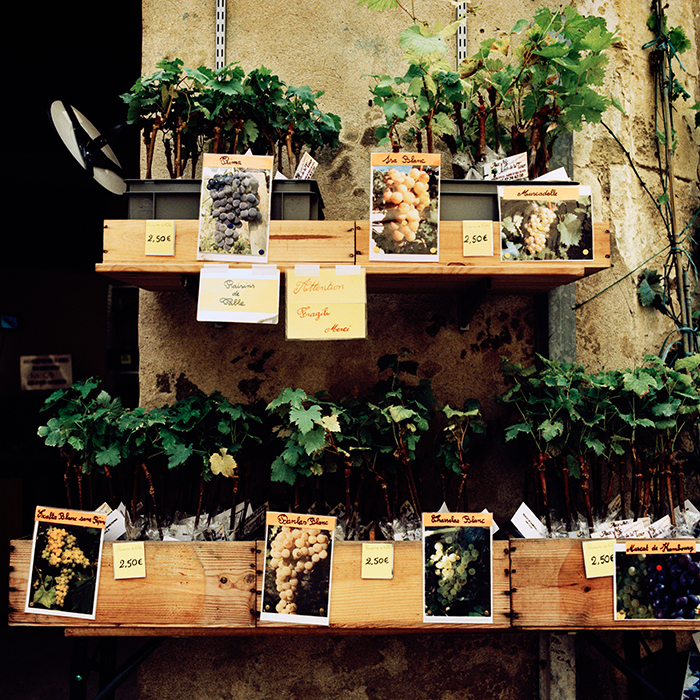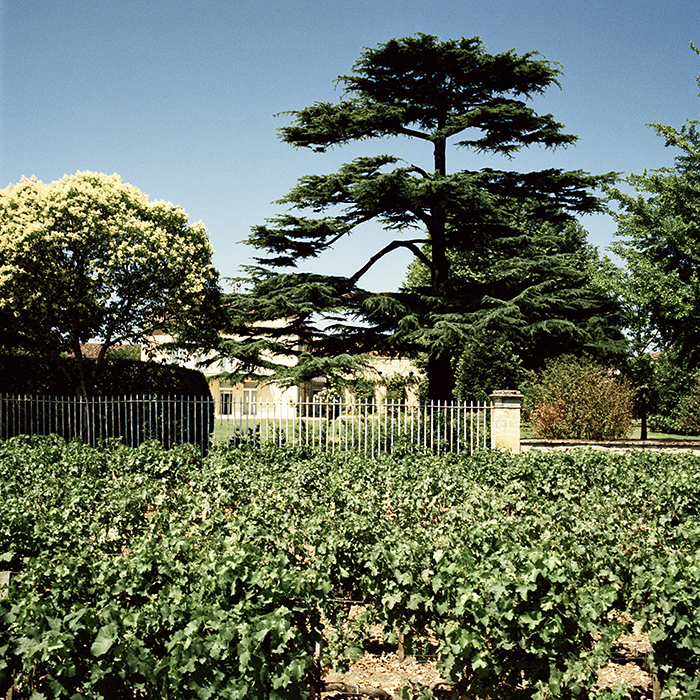Change in Bordeaux: new grapes get the go-ahead
Author: Henrietta Gullifer

In August this year an announcement was made in Bordeaux to shake up wine production for the first time in decades. Six new grape varieties were to be permitted in the region, for use in the Bordeaux and Bordeaux Supérieur appellation categories. For a region that has a reputation for producing traditional and strictly regulated styles of wine, this has proved a bold and noteworthy move.
The list of new grapes features some famous names, including the Port-producing Touriga Nacional and the popular white Spanish variety Albariño. There are also, however, some more unusual grapes such as Marselan, Castets and Arinarnoa (a cross between Tannat and Cabernet Sauvignon) for the reds, and Petit Manseng and Liliorila for the whites. These grape varieties have been chosen for their resilience against natural diseases – such as grey rot and mildew – as well as their aptitude for growing in warmer weather conditions.
Until now, Bordeaux producers have been allowed to use six red grape varieties (Cabernet Sauvignon, Cabernet Franc, Carménère, Merlot, Malbec or Petit Verdot) and four principal white grape varieties (Sémillon, Sauvignon Blanc, Sauvignon Gris and Muscadelle – with 30% able to come from a specified further six).
These grapes only became synonymous with Bordeaux in the 19th century. After the famous 1855 classification, Bordeaux hit a stumbling block: in 1869, phylloxera – a louse that kills vines – struck the region. Canny winemakers developed a cure for this ailment by stacking their grape-producing vines on top of roots that were immune to the bug.
Although the Médoc had always had vast plantings of Cabernet Sauvignon, it was only in the wake of phylloxera that winemakers started to plant Cabernet Sauvignon, Cabernet Franc and Merlot – the grapes that form the majority of Bordeaux wine today – in other regions. Not only were these grape varieties easier to graft on top of the pest-resistant roots, but they also proved ideal for producing high-quality wines in the moderate maritime climate of Bordeaux. The grapes would struggle just enough with the lack of water, sunlight and warmth to be able to produce low yields with high acid and tannins, and hence be able to produce concentrated and age-worthy wines throughout the region.

Bordeaux is well known for its famous cellar-worthy wines on both the Left and Right Bank. While the famous areas of the Médoc, St Emilion and the Graves are familiar to many, few would be able to name all 64 appellations in Bordeaux. It’s in these lesser-known areas that most of the less expensive and more approachable styles of Bordeaux tend to be produced, where the climate is warmer climate and the growing conditions more fertile. But with the rise of global warming, it is also these areas that are struggling with the region’s restrictive list of grape varieties.
To put it simply, Bordeaux’s climate is steadily increasing in temperature. Since 1950, temperatures have risen by an average 2°C, which can have a pronounced effect on the grapes. With the increased heat, the ripening season shortens, acidity levels drop and you get a fruitier, weaker and more alcoholic wine. This wine might be ok for buying cheap and drinking fast, but for a region that is increasingly wanting to develop its premium offering across all of the communes, producers need to make a change to be able to keep making the distinctive Bordeaux wine styles.
Of course developing wines with complexity and concentration in the heat is nothing new for the south of Europe. Spain and Portugal manage to make some of the finest wines in the world in some of the warmest conditions; so it is natural that Bordeaux producers are turning to these areas for solutions, to learn the secrets of intense flavours in a warmer climate, and prepare for increasingly warmer vintages. The grapes from southern Europe tend to have thicker skins and ripen less quickly, to allow for a more concentrated flavour and fresh acidity in the wines.
It is thanks to producers of these lesser-known Bordeaux appellations and their lobbying that the Bordeaux authorities have finally agreed to allow a more diverse range of grapes in the region. Châteaux in the cooler and less fertile Médoc and St Emilion have supported the cause too, although it can be argued that the threat is less imminent for these areas. We have certainly seen an increased number of “good” vintages from these areas – with the top give in the last 50 years ranking as 2009, 2010, 2015, 2016 and 2018. But they are still aware of the dangers of sitting on their good fortune and not preparing for future generations. After all, as many Bordeaux properties can trace their roots back to the 1600s, they are no stranger to planning ahead.
It will be a few years until we see the affects of this change and it has been many years in the making (calls for change stretch back to the early 2000s). Even then, these new varieties are still only allowed to make up as little as 10% of a blend and only 5% of vineyard plantings. However, it will be interesting to track how the producers in Bordeaux continue to adapt for the future. As they have been experts in the field for centuries, I certainly don’t see wine drinkers losing interest in Bordeaux anytime soon.
Bordeaux’s new grapes
Touriga Nacional: The best red grape in the Douro, used both for Port and table wines, Touriga Nacional thrives in hot, dry conditions, where it is still able to offer balance and complexity.
Marselan: A cross between Grenache and Cabernet Sauvignon, this grape was created in 1961 in southern France but is now planted widely in China.
Arinarnoa: A cross between Cabernet Sauvignon and Tannat, this red variety produces dark, structured wines.
Castets: This rare red grape was only identified in 1870. Until 2008, there was thought to be less that one hectare in the whole of France. It is resistant to down mildew and produces darkly coloured wines.
Petit Manseng: This white variety is used to produce the sweet styles of Jurançon – giving lusciously sweet wines that are full of ripe stone-fruit, citrus and spice.
Albariño: This fashionable white grape is grown in coastal Spain and Portugal, such as Galicia, where it produces peachy, scented whites.
Liliorila: Another rare variety, this white grape is a cross between Chardonnay and Baroque (found in southwestern France).



Keep me updated on your new grape varieties in Bordeaux